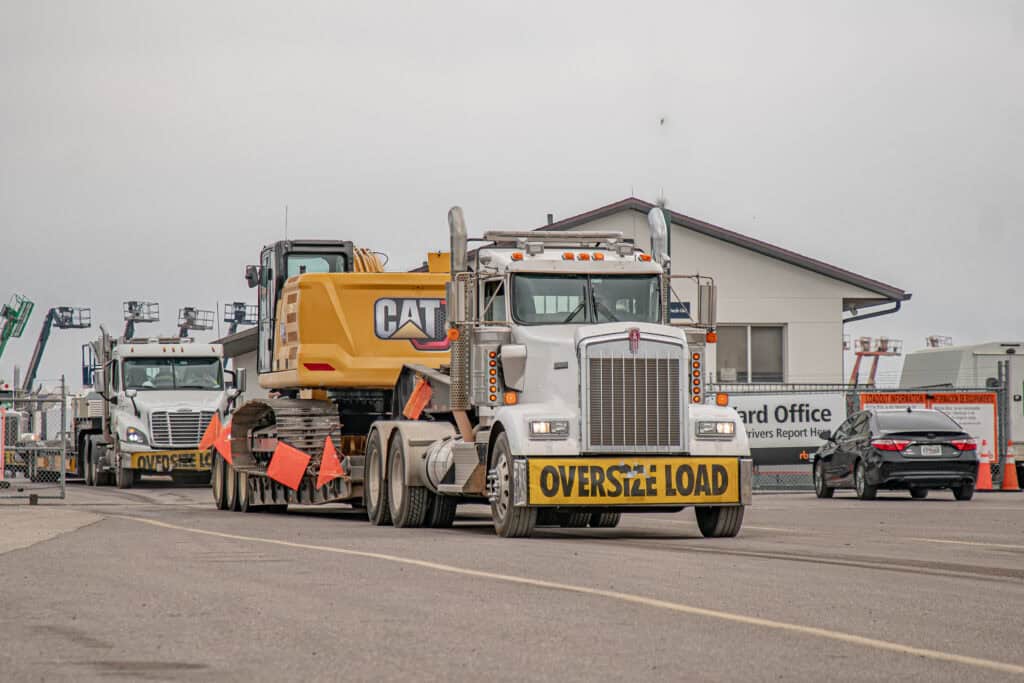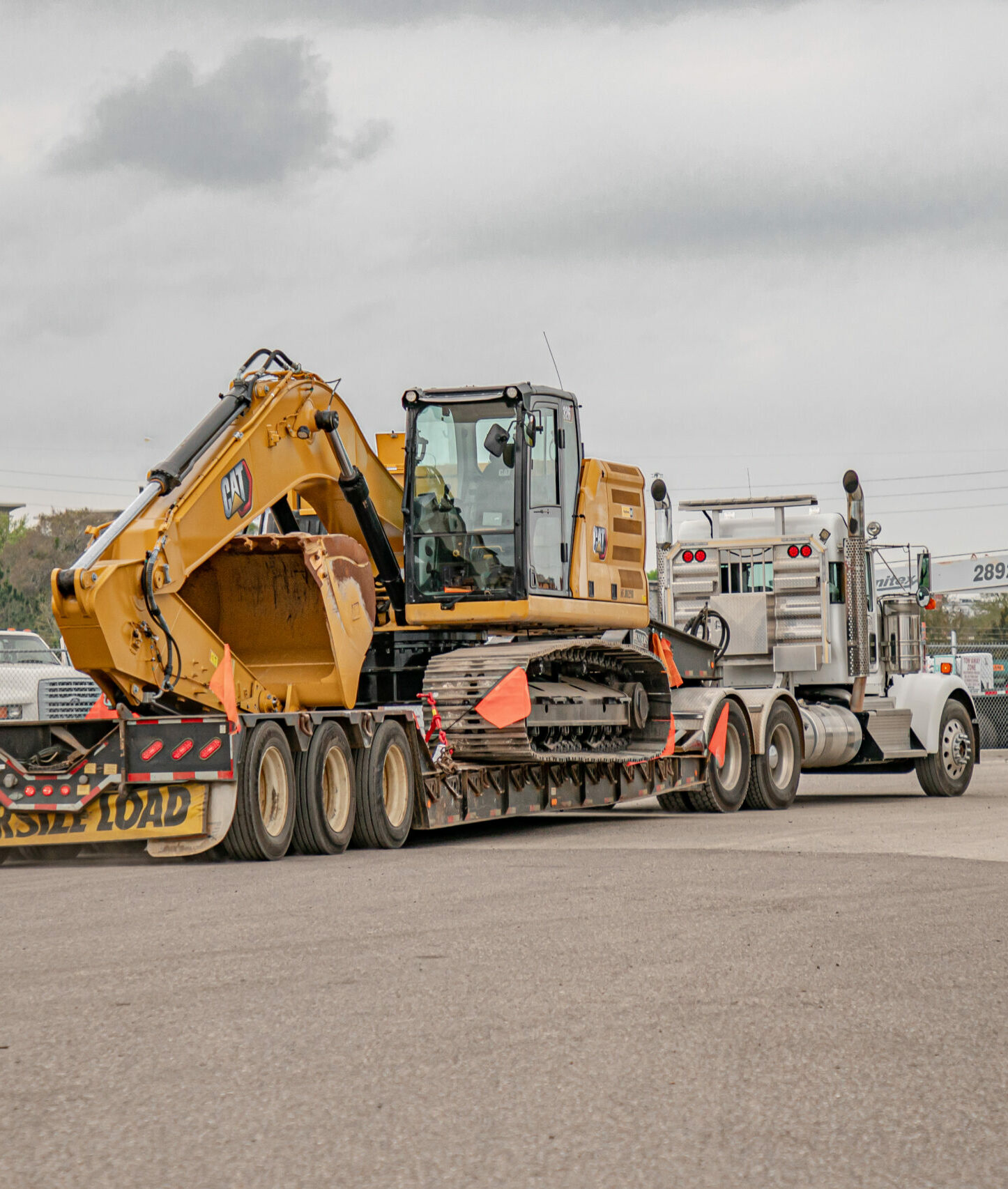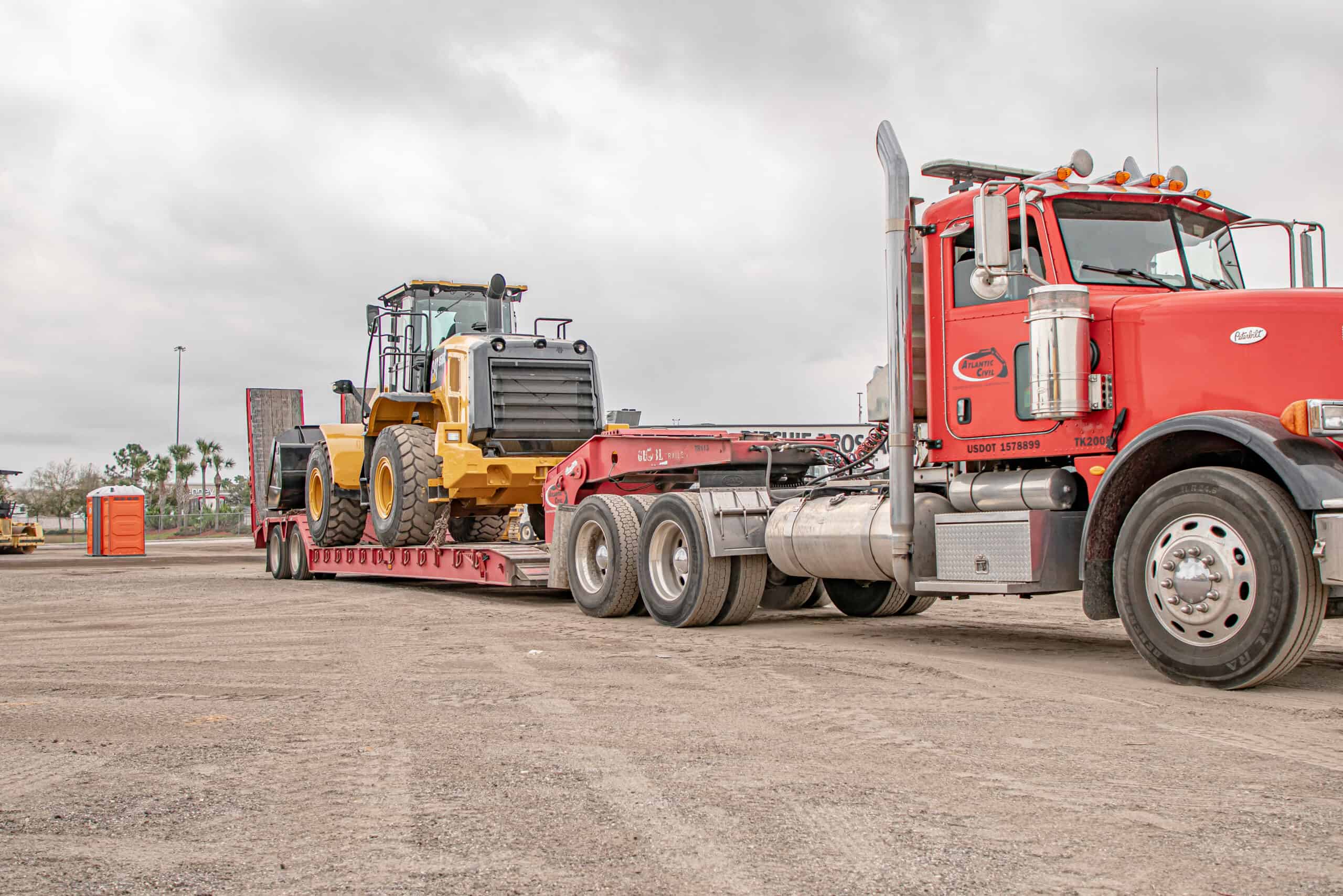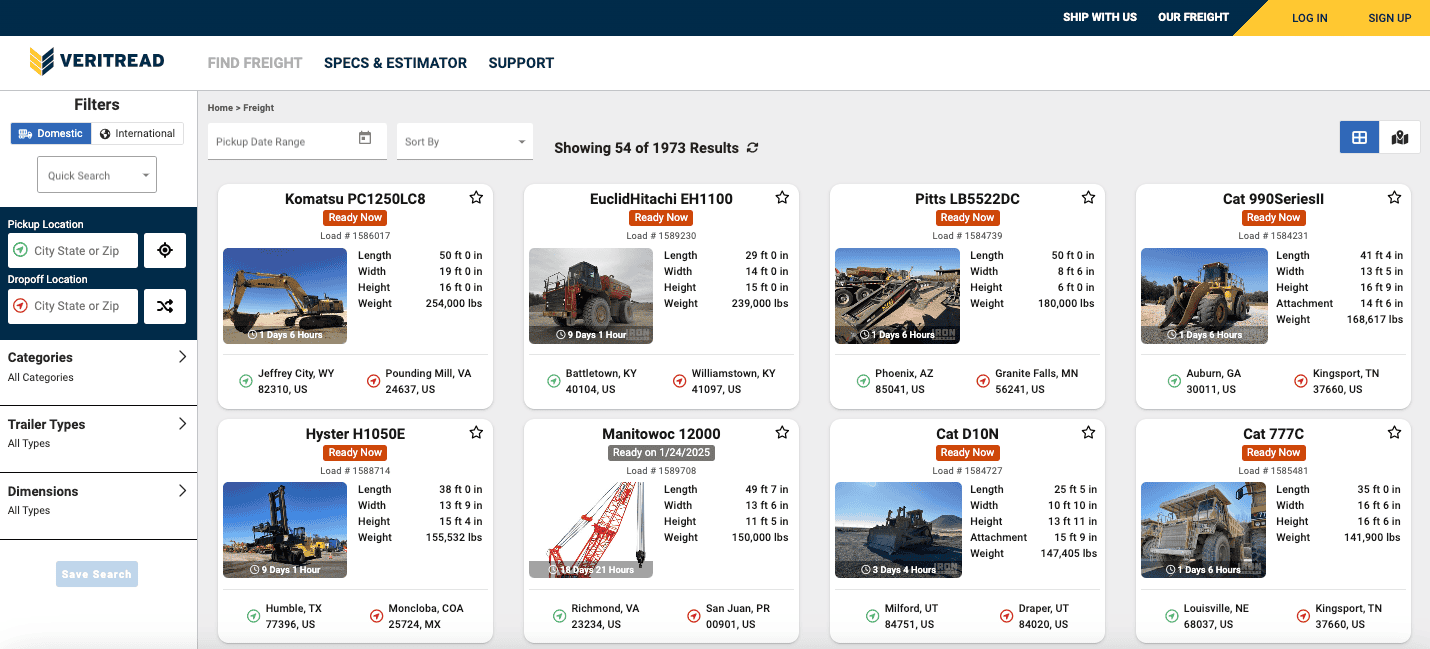Tips for Making Heavy Machinery Transport Easy

Transporting heavy machinery and construction equipment is no small task. Whether you’re relocating a bulldozer, crane, or any other large piece of machinery, the process requires meticulous planning, careful execution, and a deep understanding of regulations and best practices. One misstep can lead to delays, damage, and significant financial losses. This guide is designed to help you navigate the complexities of heavy equipment transportation with confidence. We’ll explore what to look for when hiring construction equipment movers, how equipment hauling companies ensure safe transport, best practices for long-distance shipping, and crucial regulations to be aware of. By the end of this article, you’ll be equipped with the knowledge to make informed decisions and ensure a smooth, efficient transport process.
Outline:
- What Do I Look For When Hiring Construction Equipment Movers?
- How Do Equipment Hauling Companies Ensure The Safe Transport of Heavy Machinery?
- What Are The Best Practices For Shipping Heavy Machinery Over Long Distances?
- What Regulations Should You Be Aware Of When Shipping Equipment?
What Do I Look For When Hiring Construction Equipment Movers?
When it comes to hiring construction equipment movers, several factors should be on your checklist to ensure you choose a reliable and capable service:
- Years in Business: A company with a proven track record demonstrates reliability and experience.
- Industry Knowledge: Look for companies with a deep understanding of construction equipment and its specific handling requirements.
- Insurance and Licensing: Verify that the movers are fully insured and licensed to operate in your region. This provides protection in case of accidents or damage during transit.
- Safety Protocols: Inquire about their safety procedures and training programs for employees.
- Accident History: A company with a strong safety record indicates a commitment to protecting your equipment and personnel.
- Specialized Equipment: Assess their ability to handle the size, weight, and dimensions of your equipment.
- Loading and Unloading Procedures: Understand their methods for loading, securing, and unloading equipment safely.
- Clear Communication: Look for a company that communicates clearly and transparently throughout the process.
- Detailed Quotes: Obtain detailed quotes outlining the scope of services, equipment, and costs.
- Price Comparison: Compare quotes from multiple companies to ensure competitive pricing without compromising quality.
By carefully considering these factors, you can select a construction equipment mover that prioritizes the safety and care of your valuable assets.
How Do Equipment Hauling Companies Ensure The Safe Transport of Heavy Machinery?
Ensuring the safe transport of heavy machinery is a top priority for equipment hauling companies. Here are some of the key practices they employ:
- Comprehensive Planning: Before any move, a detailed plan is developed. This includes route planning to avoid obstacles like low bridges and weight-restricted roads, and scheduling to avoid peak traffic times.
- Proper Loading and Securing: Heavy machinery must be loaded and secured correctly to prevent shifting during transit. This involves using appropriate securement devices such as chains, straps, and binders.
- Appropriate Trailers: Using trailers designed for heavy machinery, such as lowboy or stepdeck trailers, provides stability and support.
- Trained Personnel: Experienced and trained personnel are crucial. Drivers and loaders must be knowledgeable about handling heavy equipment and adhering to safety protocols.
- Vehicle Inspection: Regular inspections of trucks and trailers ensure they are in optimal condition for heavy hauling.
- Coordination with Authorities: Collaborating with local authorities for traffic management and escorts enhances safety.
By implementing these practices, equipment hauling companies significantly reduce the risk of accidents and damage during the transportation of heavy machinery.
What Are The Best Practices For Shipping Heavy Machinery Over Long Distances?
Shipping heavy machinery over long distances presents unique challenges. Here are some best practices to ensure successful transport:
- Conduct a pre-shipment inspection: Inspect the machinery for any existing damage before it’s shipped. This will help identify and address any potential issues that could worsen during transport.
- Thorough Cleaning: Remove dirt, debris, and fluids to prevent damage during transportation.
- Secure Loose Parts: Properly secure loose parts to avoid shifting and damage.
- Fuel and Fluids: Drain or stabilize fuel and other fluids to minimize spillage risks.
- Prepare proper documentation: This includes a detailed commercial invoice, packing list, and any necessary permits for oversized or overweight cargo.
- Maintain clear communication: Keep all parties involved informed throughout the shipping process, including the shipper, receiver, and shipping company. This ensures everyone is on the same page about potential delays or unexpected situations.
- Coordinate offloading and assembly: If needed, plan and coordinate the offloading and reassembly process at the destination. This might involve hiring cranes or other specialized equipment for safe handling of the machinery.
What Regulations Should You Be Aware Of When Shipping Equipment?
When shipping equipment, especially heavy machinery, it’s essential to be aware of various regulations to ensure compliance and avoid delays or penalties. Here are key regulations to consider:
- Oversize/Overweight Permits:The Federal Motor Carrier Safety Administration (FMCSA) oversees regulations for land transport in the US, including weight limits, vehicle safety, driver qualifications (CDLs), and cargo securement. Each state varies its rules, regulations, and restrictions for permitting over-dimension/over-weight travel. Make sure you double-check the state regulations before transporting.
- Customs Compliance: Ensure compliance with both the exporting and importing countries’ customs regulations to avoid delays and fines.
- Escort Vehicles: Some jurisdictions require escort vehicles for oversize loads to ensure safe passage.
- Commercial Invoice and Packing List: You’ll always need detailed documentation describing the equipment, including its value, weight, dimensions, and materials used. This is crucial for customs clearance and accurate shipping costs.
- Route Planning: Bridge clearances and weight limitations necessitate careful route planning to avoid obstacles.
- Loading and Unloading: Follow regulations on the proper methods for loading and unloading heavy machinery to prevent accidents and damage.
- Carrier Liability: Understand the liability limits of the carrier and ensure that your insurance coverage fills any gaps.
- Claims Process: Familiarize yourself with the claims process in case of damage or loss.
Why Join VeriTread As A Transport Provider?
VeriTread has 100’s of loads that you won’t find anywhere else with new loads listed every day. When you complete a profile on VeriTread, we learn detailed information about your equipment, your capabilities, and the areas you service. We combine this information with our patent pending freight matching technology to proactively find you the best paying freight available. VeriTread is reserved only for carriers, brokers, and forwarders, who are properly bonded, licensed, and insured which reduces overall risk as well as keeps rates at a fair and profitable level.
veritread products
Top Articles
Freight Types
recent posts

Basic Tips of Heavy Equipment Transport

Understanding Equipment Transport Services


